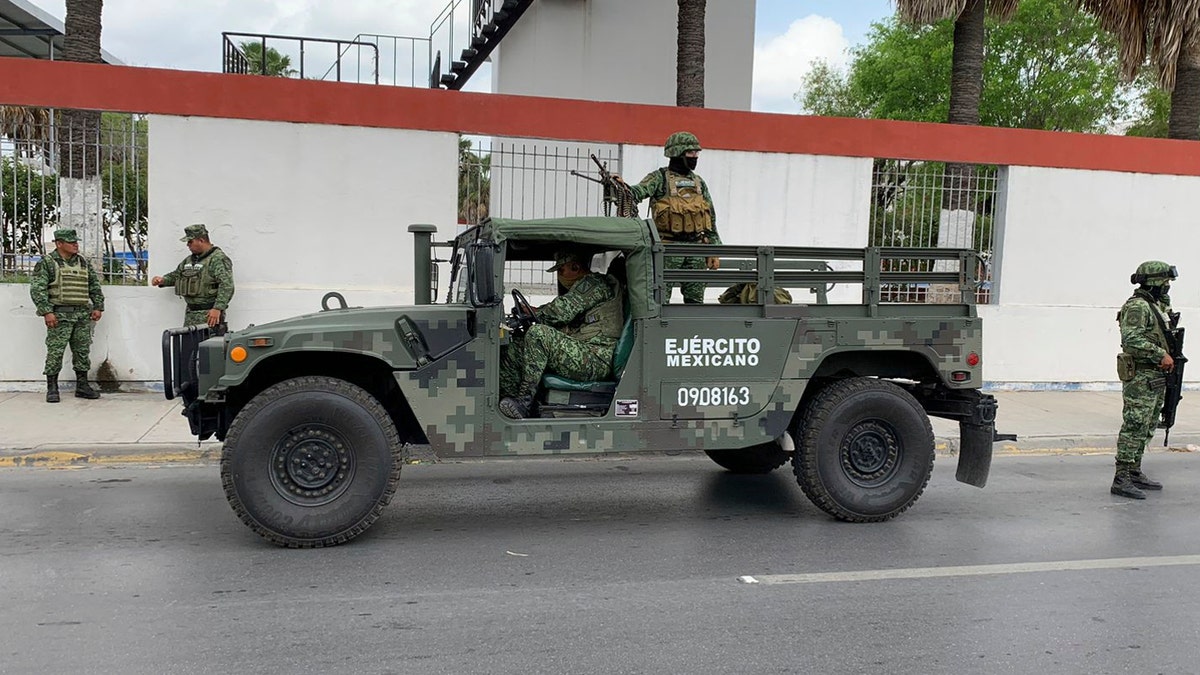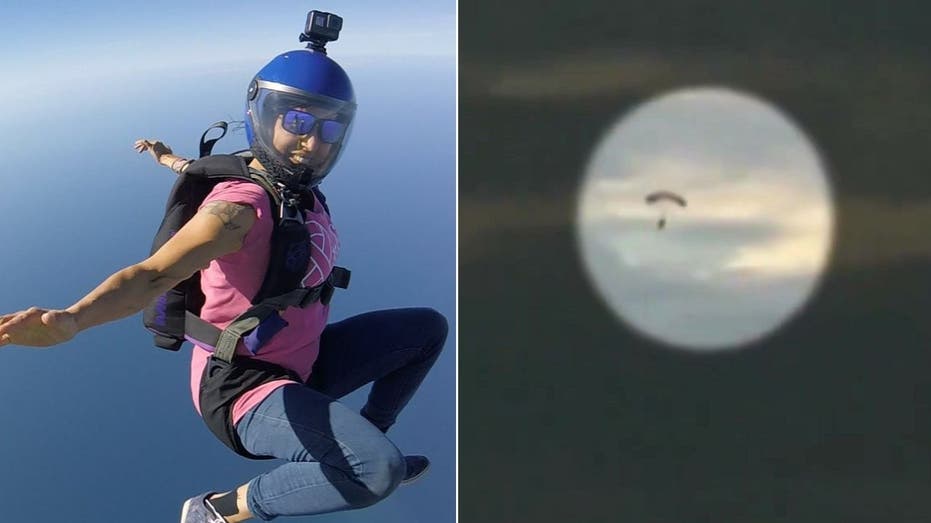A deadly Mexico kidnapping revealed the dangers Americans face in their pursuit of health care abroad as medical tourism continues to grow in response to high medical costs at home.
Four Americans made headlines this week after they were violently attacked and kidnapped after crossing the U.S.-Mexico border into the city of Matamoros in the state of Tamaulipas, just across the Rio Grande from Brownsville, Texas.
Three of the travelers made the journey while accompanying their friend Latavia Washington McGee, who was seeking a medical procedure in Mexico. Two of the four Americans were killed.
TWO OF THE FOUR AMERICANS KIDNAPPED IN MEXICO ARE DEAD, TWO ALIVE: REPORT
It is unclear what procedure Washington McGee was seeking, and the State Department has listed Tamaulipas as a red flag “do not travel” area, a warning emphasized by the violence that unfolded.
But the allure of more affordable medical care or procedures not yet approved in the U.S. has long attracted Americans to Mexico and other Latin American nations.
Medical tourism has been on a steep rise since the early 2000s, according to the American Journal of Medicine, which reported that travel from the U.S. to other countries in the pursuit of foreign medical treatments doubled over a 10-year period.
Some 750,000 Americans traveled abroad for health care in 2007. By 2017, that figure had jumped to more than 1.4 million, a number believed to have continued to climb substantially.
The Fiscal Times also reported in 2016 that medical tourism originating from the U.S. was expected to continue to increase by 25% each year over the next decade.
“The reason more Americans have become medical tourists is simply that they are seeking less expensive health care,” the American Journal reported in 2018. “Because we have the most expensive health care system in the world, it is not difficult to find countries that offer various procedures at 30%-65% of the cost of care in the United States.”
MEDICAL TOURISM INCREASES IN COSTA RICA, COMPETES WITH MEXICO
The Centers for Disease Control and Prevention (CDC), which has advised caution if seeking medical care abroad, said the top destinations for American medical tourists are Canada, Mexico and Latin America.
But, just as medical tourism began to rise, so too did violence across the southern border, Falko Ernst, a senior analyst on Mexico with the International Crisis Group, noted.
“Since the latest round of the war on drugs was declared at the end of 2006, at least 500,000 people have been murdered or disappeared in the country,” he told Fox News Digital, noting that, over the last several years, homicides have averaged around 30,000 annually. “The violence is a symptom also of a widened portfolio that groups compete over.
“It’s no longer ‘just’ about drugs, but about a plethora of sources of income,” he added. “That includes, for instance, agricultural markets and natural resources — and migration.”
Reports have suggested the four Americans attacked in Matamoros may have been mistaken as Haitian smugglers by a Mexican cartel that then opened fire in broad daylight on their van before apparently panicking and loading them in the back of a white pickup.
“The cartels operate regardless of what other parties might be in the area. You might end up being an unintended casualty in any cartel violence,” Juan Cruz, former National Security Council senior director for Western Hemisphere affairs, told to Fox News Digital.
CANCUN TAXI DRIVERS THROW WRENCH IN SPRING BREAK PLANS AS AMERICANS FLOCK TO MEXICAN DESTINATION
Cruz explained that Americans are generally safe to travel to Mexico so long as they abide by State Department guidelines but warned that travel to areas marked as red flag regions could pose serious safety risks.
“Especially if you’re in a lot of these border areas or contested territory,” he continued. “All of a sudden, you [may] find yourself in a crossfire of violence.”
But dental care and plastic surgeries remain chief reasons why more Americans each year continue seek out medical care in risky areas.
Cruz pointed out that these procedures may be done in areas like border towns that are dangerous to travel to but come at a fraction of the cost.
“Medical tourism is rather common,” he said, noting that it is not uncommon for doctors in places like Mexico City to rent clinics in border towns to make it easier for American tourists to travel to.
Medical tourism poses many risks to those seeking health care abroad, and the CDC draws particular attention to the increased threat of subpar medical treatment, the spread of infection and communication challenges it says “could lead to misunderstandings about your care.”
Despite these hurdles, the U.S. is the world’s leading outbound medical tourism market, according to a 2019 report by the World Travel and Tourism Council, with the U.S. representing 20% of those seeking medical care abroad.
It is unlikely the U.S. will see a drop in outbound medical tourism to neighboring nations like Mexico, and authorities agree that, when it comes to security traveling abroad, travelers should always monitor the State Department’s guidelines and avoid traveling to red flag regions.










